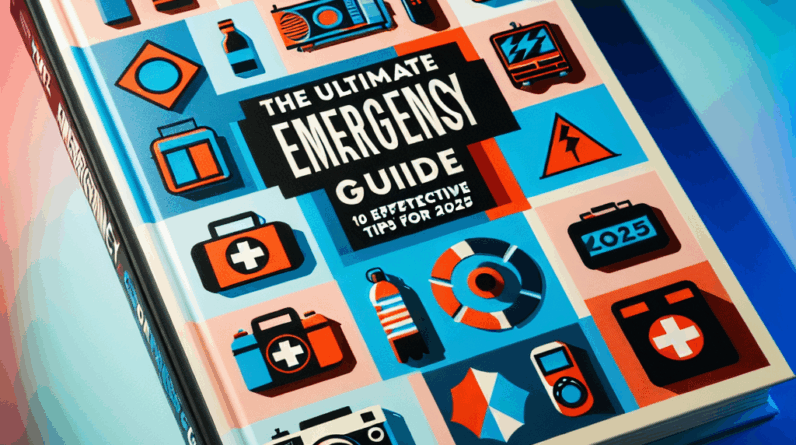When disaster strikes, the aftermath can be overwhelming. It’s crucial to navigate the chaos systematically, from assessing damage to rebuilding lives and structures. This guide will walk you through a comprehensive recovery process, ensuring both material and emotional restoration.
Understanding the Scope of the Disaster
As soon as a disaster occurs, it’s essential to calmly evaluate the extent of the damage. This might involve inspecting your property for physical damage or assessing your emotional wellbeing. The initial shock can make it difficult to see things clearly, but taking a moment to understand the full impact is crucial. Start by making a detailed list of damages or losses. Walking through affected areas can provide a clearer picture and help identify the types of assistance you may need, ranging from insurance claims to emotional support. It’s important to acknowledge not just the physical losses but also the emotional ones, as these can affect recovery just as profoundly. Frequent check-ins with family and friends are vital during this time.
Gathering Resources and Support Networks
Identifying available resources is your next step. Contact your insurance provider to clarify coverage details. Meanwhile, tap into your community—friends, family, and local groups can offer substantial support. For immediate needs like shelter or food, local charities and government programs are invaluable. These organizations often extend their support to include counseling and financial assistance, addressing various aspects of recovery.
Creating a Plan for Recovery
Developing a recovery plan is crucial. List all necessary tasks, categorize them by urgency, and set realistic timelines. This visual representation of your recovery journey can help manage the stress and provide motivation as you see tasks being completed. Flexibility is key; be prepared to adjust your plan as challenges arise and celebrate small victories to maintain morale.
Evaluating What Needs Repair
Focus on the physical damage next. Conduct thorough assessments of your property to determine the scope of repairs. Engaging professionals early on, such as builders or contractors, can provide expert opinions on safety and feasibility. Not all repairs will be immediate; prioritize based on safety and necessity.
Finding Professionals to Help
Securing the right professionals is crucial for effective rebuilding. Vet contractors, architects, and other specialists carefully, ensuring they hold the proper credentials and understand your vision. Good communication with your team will facilitate a smoother rebuilding process.
Utilizing Insurance and Financial Support
Navigating insurance claims and financial aid can be daunting but is essential for funding your recovery. Keep detailed records of all interactions with insurance companies and explore additional funding options like grants or loans to cover costs beyond insurance.
Understanding the Emotional Toll
Recognize and address the emotional impact of the disaster. Feelings of loss and grief are natural. Seeking help from therapists or support groups can provide comfort and practical strategies for coping. Prioritizing self-care through enjoyable activities can also aid emotional recovery.
Building Back Connections
Re-establishing community connections is vital for emotional support and regaining a sense of normalcy. Engage in community events or volunteer efforts to strengthen ties and support collective healing. Regular interactions with loved ones are also crucial during this time.
Seeking Professional Support
Don’t overlook the need for professional emotional support. Counselors and therapists can offer valuable insights and coping strategies. Participating in support groups allows for shared healing experiences, which can be incredibly affirming.
Setting Up Sustainable Practices
As you rebuild, incorporate sustainable practices to enhance resilience against future disasters. Consider using eco-friendly materials and technologies, and ensure your emergency plans are updated and actionable.
Building a Resilient Mindset
Developing resilience involves adapting to challenges with a positive outlook. Focus on what you can control and integrate joy and relaxation into your routine, which can significantly bolster emotional strength.
Encouraging Community Awareness and Preparedness
Once stable, help foster preparedness in your community. Organize educational events and share resources to enhance collective resilience and readiness for future emergencies.
FAQs
**1. What is the first step in disaster recovery?**
The initial step is assessing both the physical and emotional damage to understand the priorities for recovery. **2. How can I find support during recovery?**
Leverage your network of family, friends, and local organizations. Support groups can also provide emotional and practical assistance. **3. Should I hire professionals for repairs?**
Yes, hiring experienced professionals ensures quality repairs and can ease the burden of rebuilding. **4. How can I prepare for future disasters?**
Implement sustainable practices and maintain a robust emergency plan to enhance readiness. **5. Why is emotional recovery important?**
Emotional health is foundational to overall well-being and is essential for managing the practical aspects of recovery effectively.




